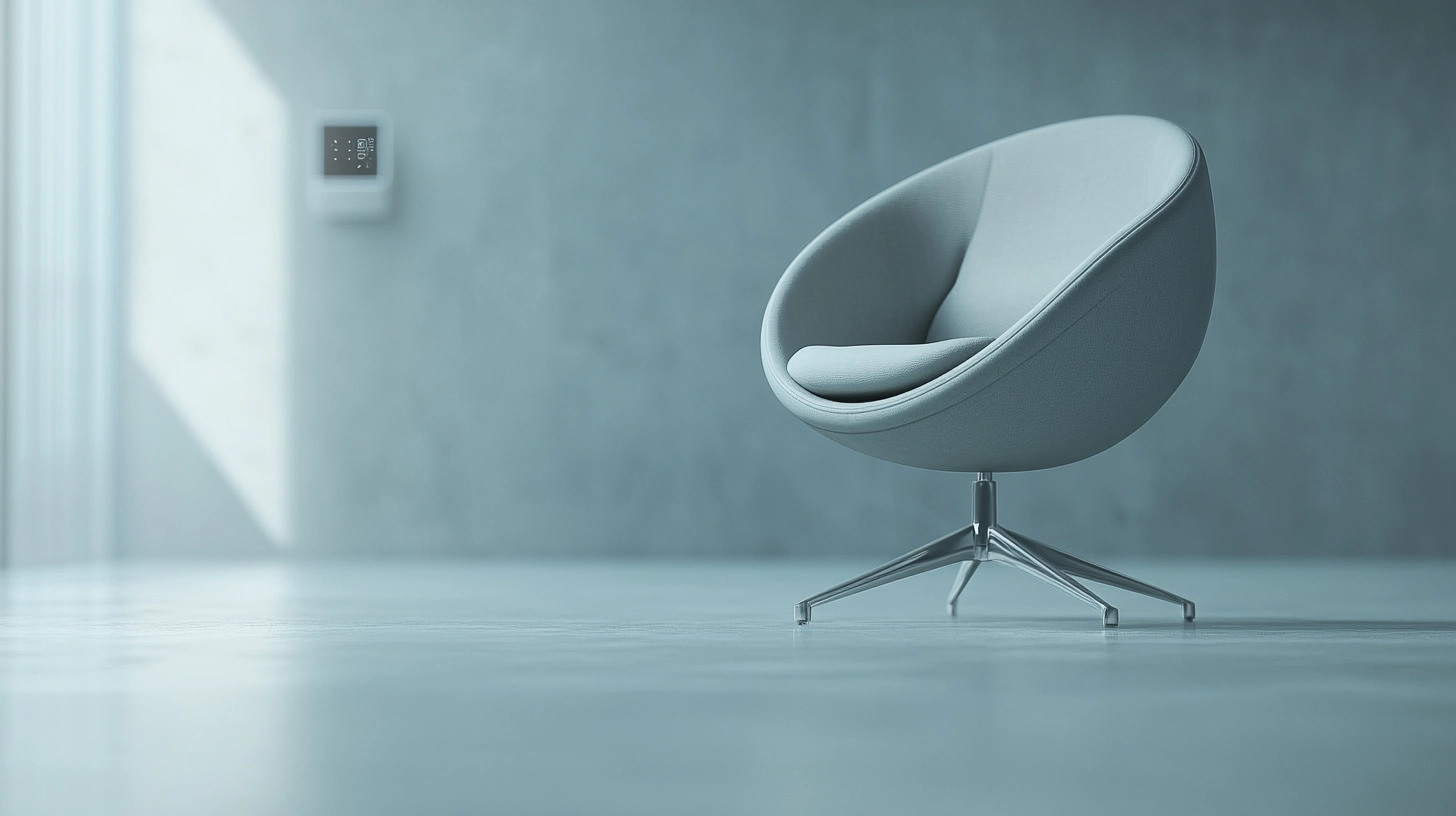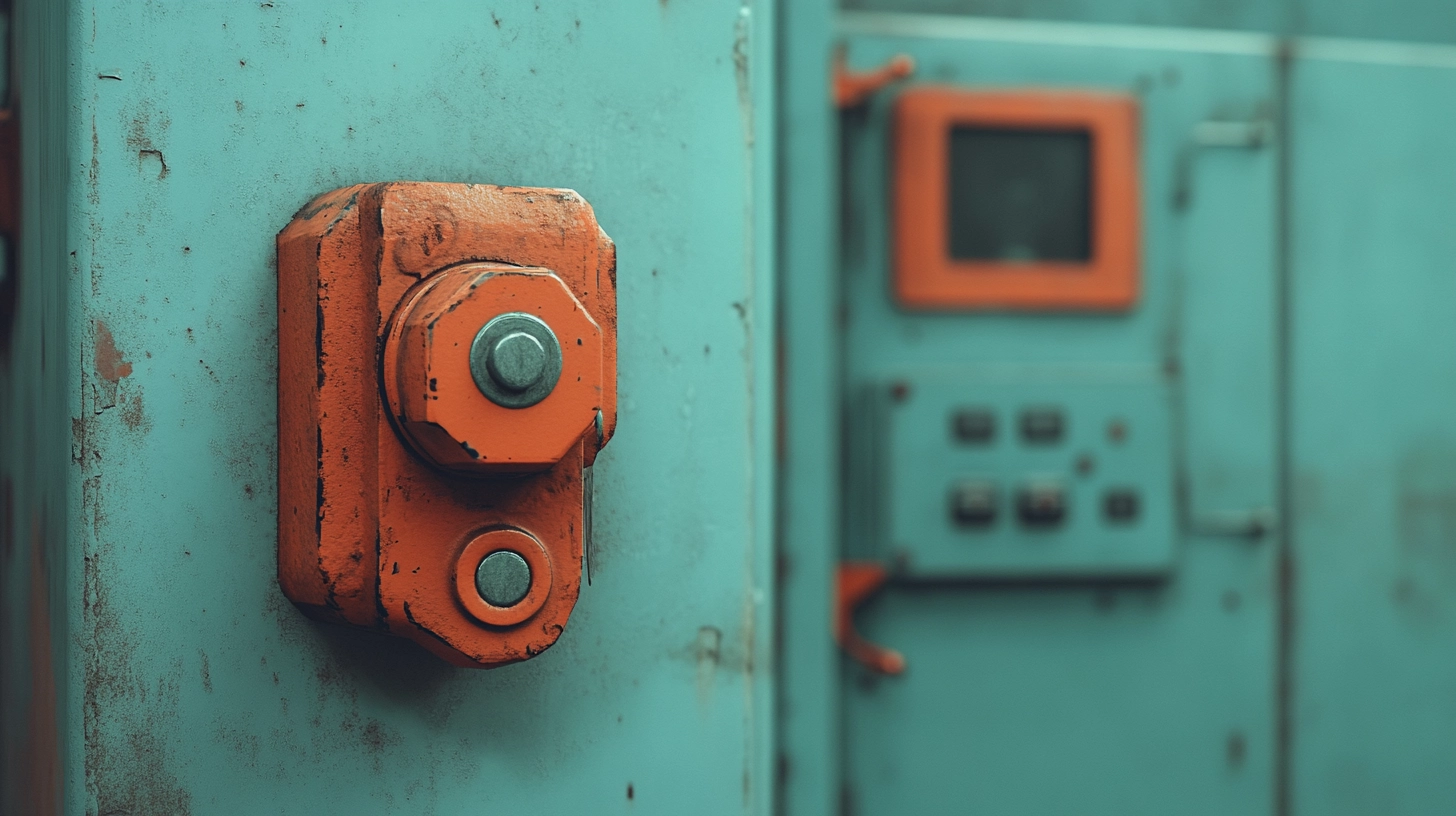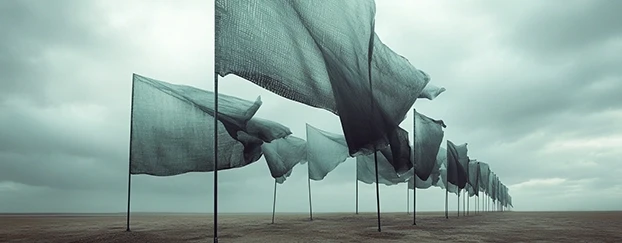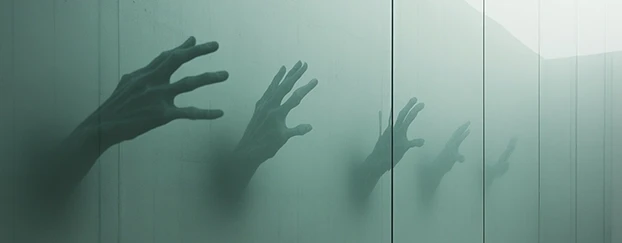 In branding, AI design tools didn’t kick down the studio door—they quietly moved into your workflow, then started making decisions. If you’ve felt yourself sliding from hands-on creator to sidelines strategist, you’re not imagining it. Below is a field guide to the shift—and how to keep your leverage without burning out or becoming “the person who just clicks Generate.”
In branding, AI design tools didn’t kick down the studio door—they quietly moved into your workflow, then started making decisions. If you’ve felt yourself sliding from hands-on creator to sidelines strategist, you’re not imagining it. Below is a field guide to the shift—and how to keep your leverage without burning out or becoming “the person who just clicks Generate.”
1) From making to mediating: why the center of gravity moved
For years, a freelancer’s power lived in execution: you owned the craft and the timeline. Today, accessible AI and brand kits mean clients show up with passable drafts and ask for “a quick polish.” Some even ask AI for logo routes before your kickoff. This doesn’t mean designers are obsolete; it means the value has migrated—away from pixels and toward diagnosis, judgment, and narrative.
Plenty of working pros echo this. One conversation pushes back on the “replacement” myth and reframes the designer’s role as translator and simplifier—turning chaos into clarity for the client, not just delivering files (podcast discussion). Translation: the leverage is still there, just in a different spot.
If you need on-brand, ready assets to steer that narrative, start where the library is tuned for brand work, not just pretty pictures—the home of AI-perfected design resources: CreativeStock.ai.
2) What AI is genuinely better at—and where humans still win
Let’s be grown-ups about it. Machines crush:
- Instant design previews and batch iteration (goodbye bottlenecks).
- Time-saving workflow steps (layout variations, size adaptations).
- Scalable testing—thumbnailing 20 routes in minutes.
Humans still own:
- Reading a room.
- Brand storytelling under real-world constraints.
Taste, restraint, and the “why” behind the “what.”
To keep leverage, structure your process so the machine drafts while you direct. A practical split: ideate with an AI mockup generator; then you curate, sequence, and stress-test the narrative. When you need device frames that don’t look like clip-art, pull from devices & tech mockups designed to show UI with credibility, not gimmicks: Devices & Tech Mockups.
3) The power shift on every project (and how to rebalance it)
Old map: Client → brief → designer crafts → client approves.
New map: Client plays with AI → arrives with semi-made assets → asks you to “bless it.”
How to reclaim the driver’s seat:
- Own the brief. Don’t start designing; start diagnosing. Confirm audience, promise, proof, and constraints. This is the part AI can’t feel.
- Measure before you make. Clarify success metrics (clicks, sign-ups, CPM). It turns you from “executor” to “outcome owner.”
- Sequence the story. Use your eye to build a path: hero, scannable benefits, social proof, CTA. Then let the machine make the variations you prescribe.
When the work turns to shelf presence or DTC renders, sharpen the story with Packaging Mockups.
 4) The economic tension you’re feeling (it’s not just you)
4) The economic tension you’re feeling (it’s not just you)
There’s a macro reality behind the awkward client asks: some buyers are trying to reduce design to a commodity. Creatives have reported lost gigs and rate pressure as managers chase “good enough” output from tools instead of experts. If that sounds familiar, you’re not paranoid—there’s mounting documentation of artists losing work as automation spreads (reporting roundup).
Counter-move: stop selling files; sell risk reduction. Price for outcomes (launch readiness, time saved, testable variants) rather than hours. Anchor value to speed and certainty. When you need breadth without losing polish, browse core Mockups and keep the production path clean.
5) A practical playbook to stay in control
Step 1 — Audit the inputs. Before touching visuals, assess existing brand artifacts: voice, proof, visuals, channel constraints. Open with a shared intake and Search pass so stakeholders see what’s in and out of scope.
Step 2 — Script the system. Define three lanes: Core, Test, Wild Card.
- Core = must-have brand elements (logo lockups, color ratios).
- Test = 2–3 variable slots you’ll A/B (headline angle, product hero).
- Wild Card = one surprising route to probe edges without derailing.
Step 3 — Generate like a director, not a drafter. Use AI design tools to spin options where volume helps—hero crops, background treatments, product-in-context frames. Keep your eye on hierarchy and legibility.
Step 4 — Curate ruthlessly. Kill 80% of the machine’s output. Keep the 20% that actually advances the brief.
Step 5 — Package as momentum. Deliver a brand pack that’s immediately deployable: hero set, story slides, social tiles, and a banner suite.
6) Where templates actually increase originality
“Template” is not a dirty word. It’s a decision-saving device. The trick is designing your variance on top. Standardize grids, type scales, and content modules; then change the narrative content aggressively. You’ll move faster without that “cookie-cutter” smell. When you need campaign scaffolding fast, start with Templates you can adapt to your brand’s voice.
7) Freelancers, founders, studios: your specific next moves
Freelancers: Pitch diagnostic sprints, not one-off logos. Promise a clarified story + 6 market-ready executions (hero, PDP image, 3 ads, banner).
Founders: Stop micromanaging pixels. Get a brand skeleton live (logo, type scale, 3 compositional rules), then iterate campaigns in public.
Studios: Productize your brand kits. Sell a “go-to-market” pack with predefined surfaces: device frames, packaging renders, and ad banners. When budgets are tight, keep conversations predictable with Pricing and outcome-based offers.
8) Guardrails that keep AI from derailing your brand
- Lock your typographic rhythm. Set scale and limits; let AI fill imagery inside your lanes.
- Constrain backgrounds and texture. Consistency beats novelty in recall.
- Document choices. A one-page brand ops sheet prevents “randomizer” outcomes when new prompts enter the chat.
- Test what matters. Headlines and value props, yes. Logo and core color, rarely.
- Batch with purpose. Build controlled variations, then prune. For fast campaign surfaces, tighten your top-of-funnel with Headers & Banners.
 9) The quiet upgrade: you didn’t lose the craft—you gained a console
9) The quiet upgrade: you didn’t lose the craft—you gained a console
If the shift from maker to observer feels uncomfortable, reframe it: you’re moving from hands on tools to hands on outcomes. You still decide what “good” is. You still protect coherence, taste, and truth. The machine just clears the underbrush so your decisions have more room to breathe.
When you need production-ready surfaces to express those decisions—device frames, packaging, banners—start with assets that are generated by AI and perfected by designers, then tune them to your brand. Ready to try without friction? Download this free mockup now → Free Resources.



